Desk-Bound but Determined: 6 Powerful Hacks to Stay Healthy with Sedentary Lifestyle
Are you still sitting?
Before you read the next sentence, get up and stretch.
Take a deep breath, inhale, and exhale.
Feeling a bit more relaxed?
Good.
Let’s begin.
Many of us find ourselves glued to our chairs, working, studying, or even socializing from a screen. Terms like ‘sedentary lifestyle’ and ‘sitting disease’ have become familiar, often whispered with concern by health professionals, parents, and well-meaning friends.
But what does it mean for you?
And more importantly, how can you counteract the effects of being desk-bound for most of the day?
The Silent Toll of Sedentary Lifestyle
Let’s face it, many of us spend hours each day sitting at desks, staring at screens, or doom scrolling through our phones.This prolonged sitting, often with little to no movement, is what experts call a ‘sedentary lifestyle.’ It’s common and sometimes feels unavoidable.
But here’s the catch: this way of living can quietly lead to a host of health issues, sometimes without any immediate warning signs.
The Hidden Risks of Sitting Too Much
When we sit for long hours, our body’s natural processes start to slow down. Imagine a river suddenly dammed up, the water slowing and stagnating. Our blood circulation works similarly: it needs movement to flow properly. Sitting for extended periods causes blood to pool in the legs, reducing circulation to other parts of the body. Over time, this can affect everything from heart health to energy levels.
Sitting Disease – A Slow, Steady Health Drain
Doctors sometimes refer to the effects of a sedentary lifestyle as ‘sitting disease.’ While it’s not a disease in the traditional sense, the term highlights the many negative impacts of prolonged inactivity. Sitting too much has been linked to an increased risk of several chronic conditions, including piles, heart disease, diabetes, and even some types of cancer. In fact, studies by Harvard Health reveal that the more time you spend sitting, the greater the potential risk to your overall health.
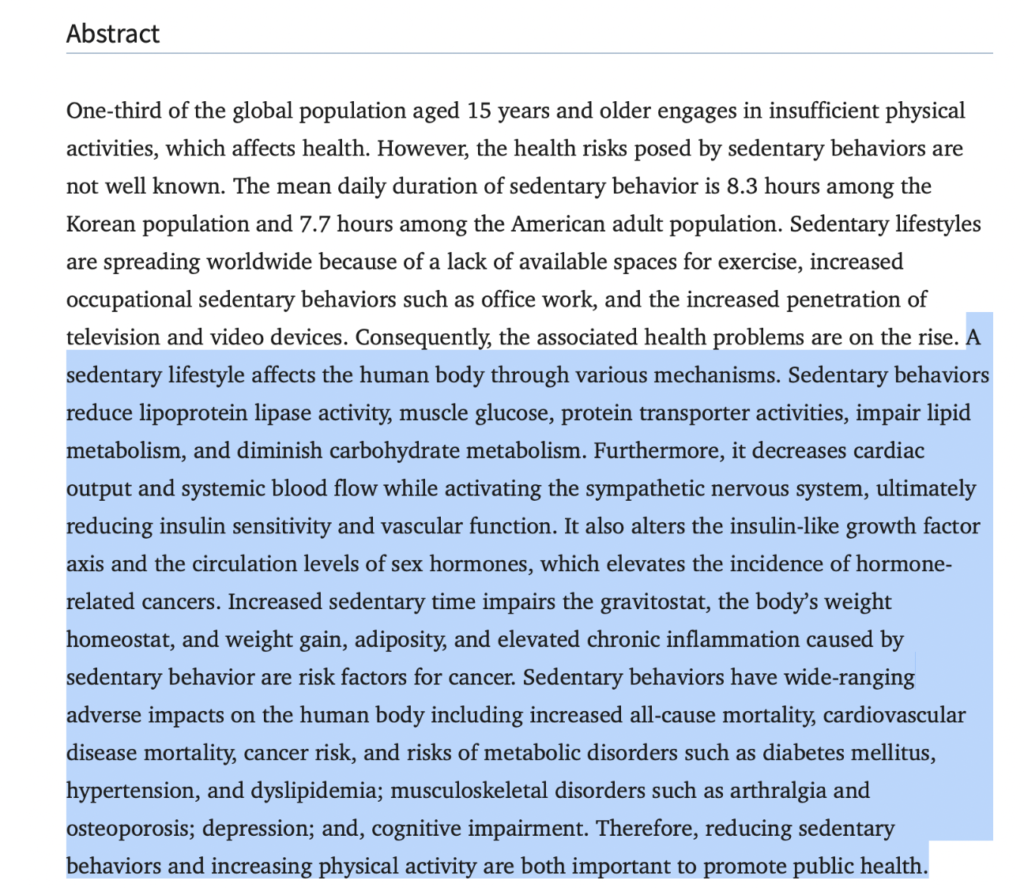
How Inactivity Impacts Your Body’s Essentials
Think about the last time you sat all day without much movement, perhaps during a long workday or binge-watching your favorite show. Did you feel stiff, tired, or even restless afterward? That’s because inactivity disrupts your body’s ability to regulate blood sugar, break down fats, and use nutrients effectively. When we sit too long, our muscles, especially in the legs and lower back, begin to weaken, making everyday movements like walking or climbing stairs feel harder over time.

Sleep, Stress, and Immunity
It doesn’t stop at physical symptoms. Prolonged sitting can also impact mental health and immunity. The longer we sit, the more tension builds up in the body, which can lead to stress and even affect our sleep patterns. A sedentary lifestyle has been shown to increase cortisol (the stress hormone) levels, which weakens the immune system, leaving us more susceptible to illnesses.

Why It’s Important to Act Now
The effects of a sedentary lifestyle are cumulative, meaning they add up slowly, often without us realizing it until we feel the impact on our health. But the good news? Even small, consistent changes can make a huge difference. From desk stretches to mindful movement breaks, staying active, even in short bursts, helps keep your body energized, improves mental clarity, and significantly reduces the health risks associated with prolonged sitting.
Understanding the true impact of a sedentary lifestyle can be a wake-up call. Our bodies were designed for movement, and when we don’t give them that, it’s like trying to run a car engine without oil. So, let’s explore how to keep the engine running smoothly, no matter how many hours we’re at the desk.
Breaking the Pattern: A Gradual Approach to Incorporating Activity
Transitioning from a sedentary to an active lifestyle doesn’t have to mean hitting the gym for hours. Instead, you can incorporate micro-activities throughout your day, designed to gradually boost circulation, improve posture, and stretch out those stiff muscles.
To help you break free from the sedentary routine, you can:
- Start with Desk-Friendly Stretches
Desk stretches are a lifesaver for people with long hours of sitting. They’re quick, easy, and incredibly effective in combating muscle stiffness and improving blood flow. Here are five key stretches to work into your day:
- Shoulder Stretch: Sitting upright, bring your right arm across your chest and hold it with your left hand, gently pulling it closer. Hold for 15-20 seconds on each side to relieve shoulder tension.

Image Credits: Freepik - Wrist Flexor Stretch: Extend your arm in front of you with your palm up. Using your opposite hand, gently press down on the fingers, stretching the wrist. This helps prevent wrist strain, especially if you’re on the computer all day.

- Seated Spinal Twist: Sit straight and place your left hand on the back of your chair, twisting to look over your left shoulder. Repeat on the other side for a great stretch that releases tension in your back.
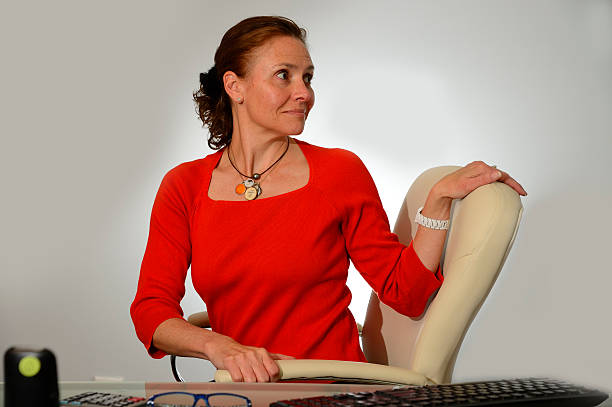
Image Credits: Freepik - Hamstring Stretch: Extend one leg out in front of you, keeping your heel on the ground. Lean forward gently, feeling the stretch along the back of your thigh. This targets the legs, especially if you’re sitting for long hours.
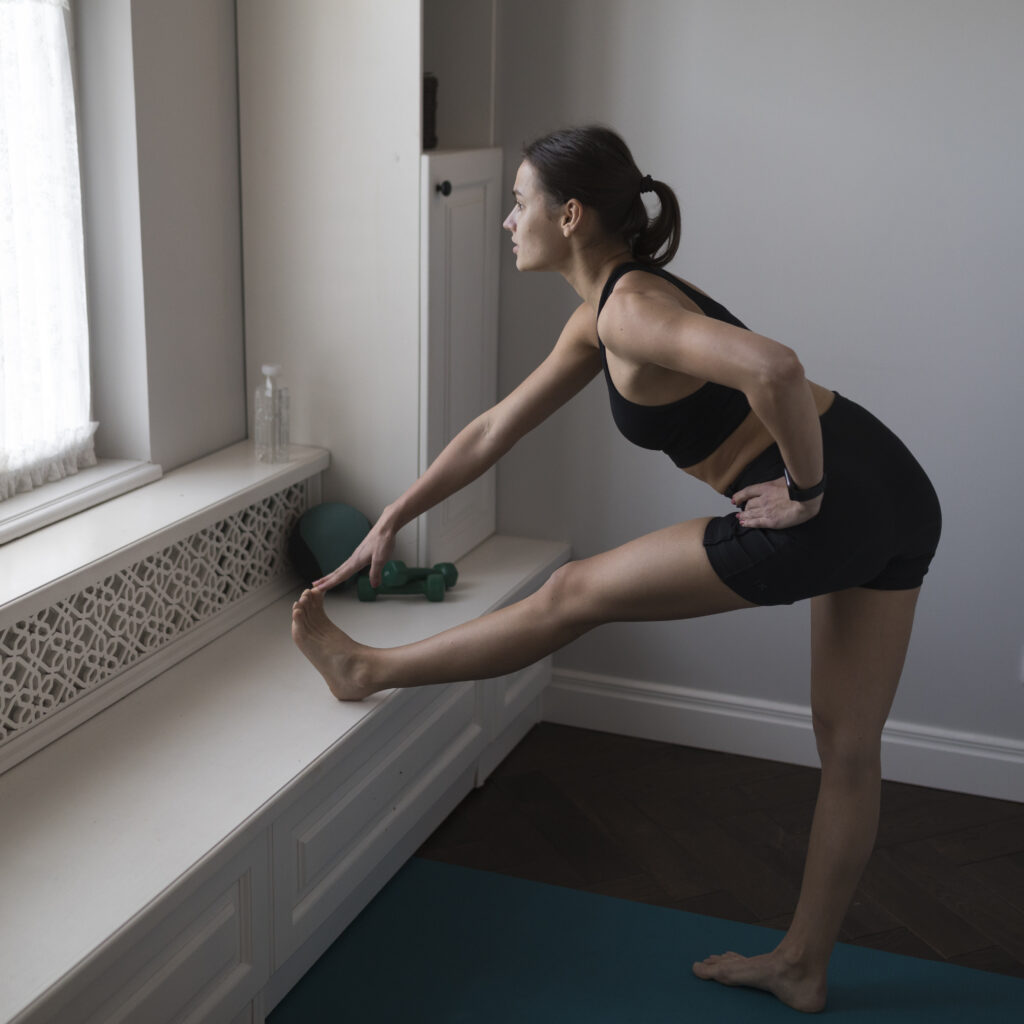
Image Credits: Freepik - Ankle Rotations: While seated, lift one leg and rotate your ankle in circles for 10-15 seconds in each direction. This improves circulation to the feet and ankles, areas that often suffer from prolonged sitting.
2. Focus on Posture: Small Adjustments for Big Results
Poor posture is a hidden villain in desk work, often leading to back pain, fatigue, and tension headaches. To improve posture, imagine a string pulling you upwards from the top of your head, elongating your spine.
Keep your feet flat on the floor, shoulders relaxed, and ears aligned with your shoulders. Good posture not only alleviates pain but also encourages better breathing, boosting focus and alertness.
3. Incorporate Movement Breaks into Your Routine
Movement breaks are short periods of physical activity that can rejuvenate your body and mind. These breaks don’t need to be long or intense; a simple five minute walk around your workspace, a few squats, or a quick dance move can significantly benefit your circulation and energy levels. Set a timer every 30 minutes to remind yourself to stand, stretch, or walk.
4. Try Desk Yoga for Flexibility and Relaxation
Desk yoga is a set of yoga-inspired stretches that you can perform right at your workstation. Here are three effective desk-friendly asanas to keep you relaxed and flexible:
- Cat-Cow Stretch: Sit on the edge of your chair and place your hands on your knees. Inhale as you arch your back and look upwards (Cow pose), then exhale as you round your spine, drawing your chin towards your chest (Cat pose). This movement enhances spinal flexibility and relieves back tension.
- Seated Pigeon Pose: Cross one ankle over the opposite knee while sitting upright. Gently press down on the lifted knee to stretch the hip. This helps open up the hips and reduce stiffness from sitting.
- Side Stretch: Raise one arm overhead and lean towards the opposite side, feeling a stretch along your side. This releases tension in the upper body and improves flexibility.
5. Boost Circulation with Simple Hacks
Blood circulation is essential for keeping your muscles and organs nourished, especially when sitting for long hours. Here are some easy ways to boost circulation without leaving your desk:
- Heel and Toe Taps: Alternate between tapping your heels and toes on the ground to stimulate blood flow in your legs.
- Use a Foot Roller: Keep a small roller under your desk and use it to massage your feet. This stimulates circulation and prevents blood from pooling in your legs.
- Drink Water Regularly: Staying hydrated ensures your blood flows smoothly and helps reduce the risk of blood clots, a concern with prolonged sitting.
6. Prioritize Posture-Friendly Workspace Adjustments
Creating an ergonomic workstation is essential for maintaining good posture and reducing strain on your muscles. Adjust your chair height so that your feet are flat on the floor, with knees at a 90-degree angle. Position your computer screen at eye level to prevent neck strain. These small adjustments make a big difference in maintaining comfort and reducing the risks associated with a sedentary lifestyle.
Your Health, Your Priority
Transitioning from a sedentary routine to a more active one is achievable with small, consistent changes. A few tweaks like those given above are your allies in combating the sitting disease. Taking care of your body is an investment in your health, productivity, and well-being.
A gentle reminder that movement matters, even if you’re bound to a desk.
Remember, staying healthy isn’t about drastic changes; it’s about small, mindful movements that add up over time.
Disclaimer: The above information is intended for informational purposes only and is not a substitute for professional medical advice, diagnosis, or treatment. Always consult your physician or a qualified healthcare provider before beginning any new exercise regimen, especially if you have a pre-existing health condition or are experiencing pain or discomfort. The tips and suggestions provided here are general guidelines and may not be suitable for everyone.
Want to start an active lifestyle?
Begin your path to lasting wellness by connecting with us today!
Schedule a one-on-one consultation with our fitness or yoga experts by calling us at 1800 102 0253 or emailing us at consults@lukecoutinho.com.
|
From a pimple to cancer, our You Care Wellness Program helps you find a way Talk to our integrative team of experts today 18001020253 |

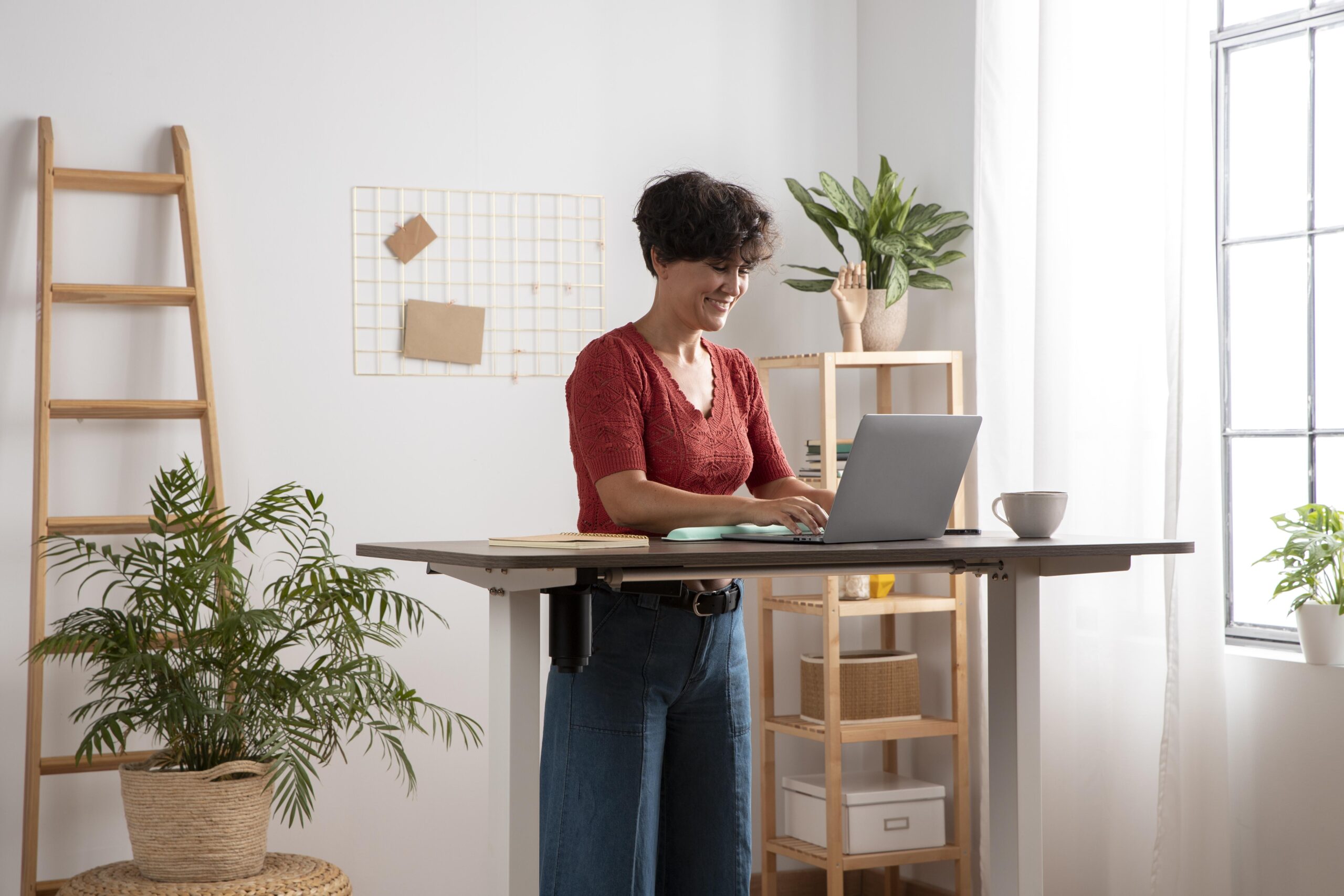






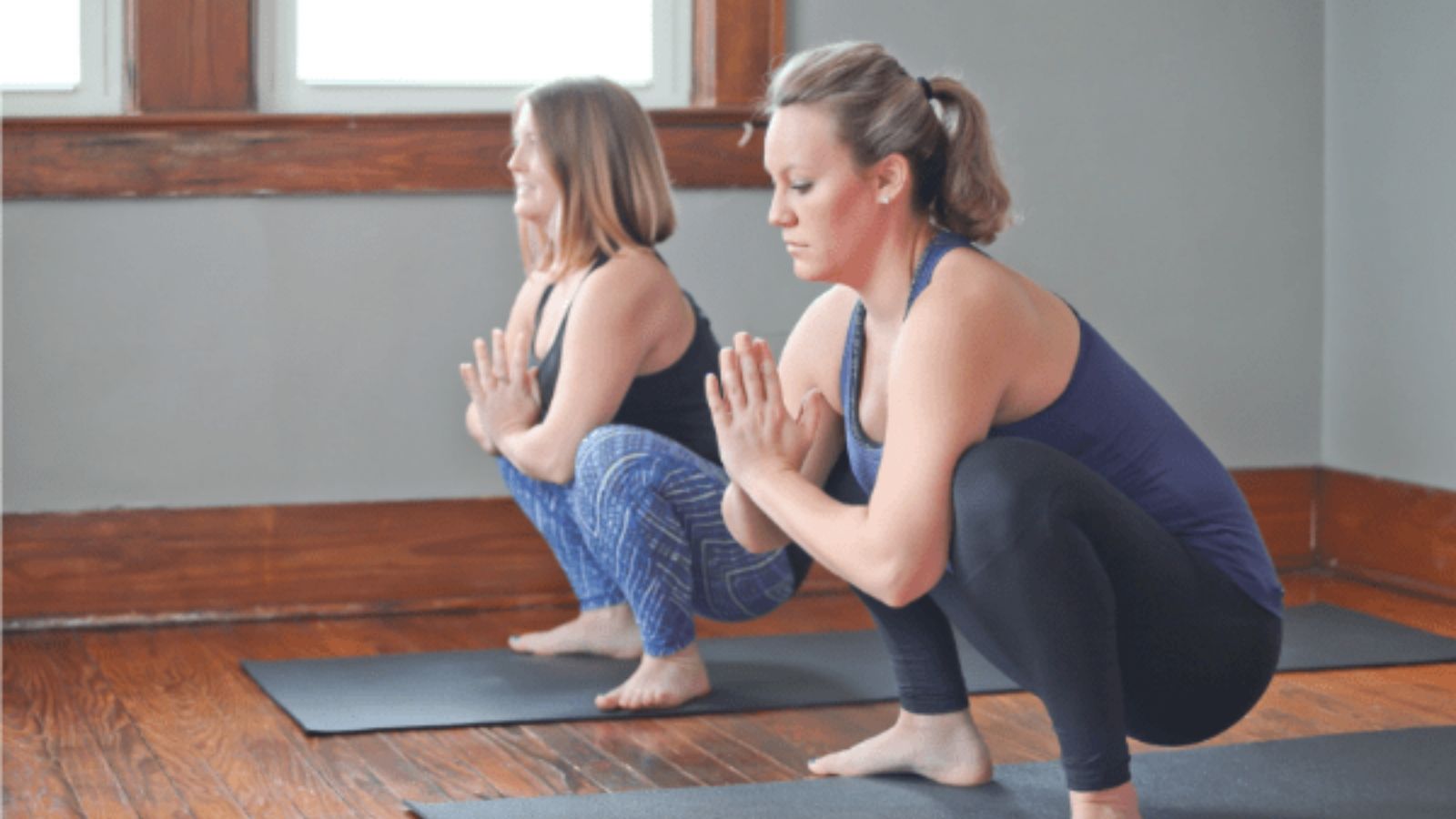
Leave a Reply